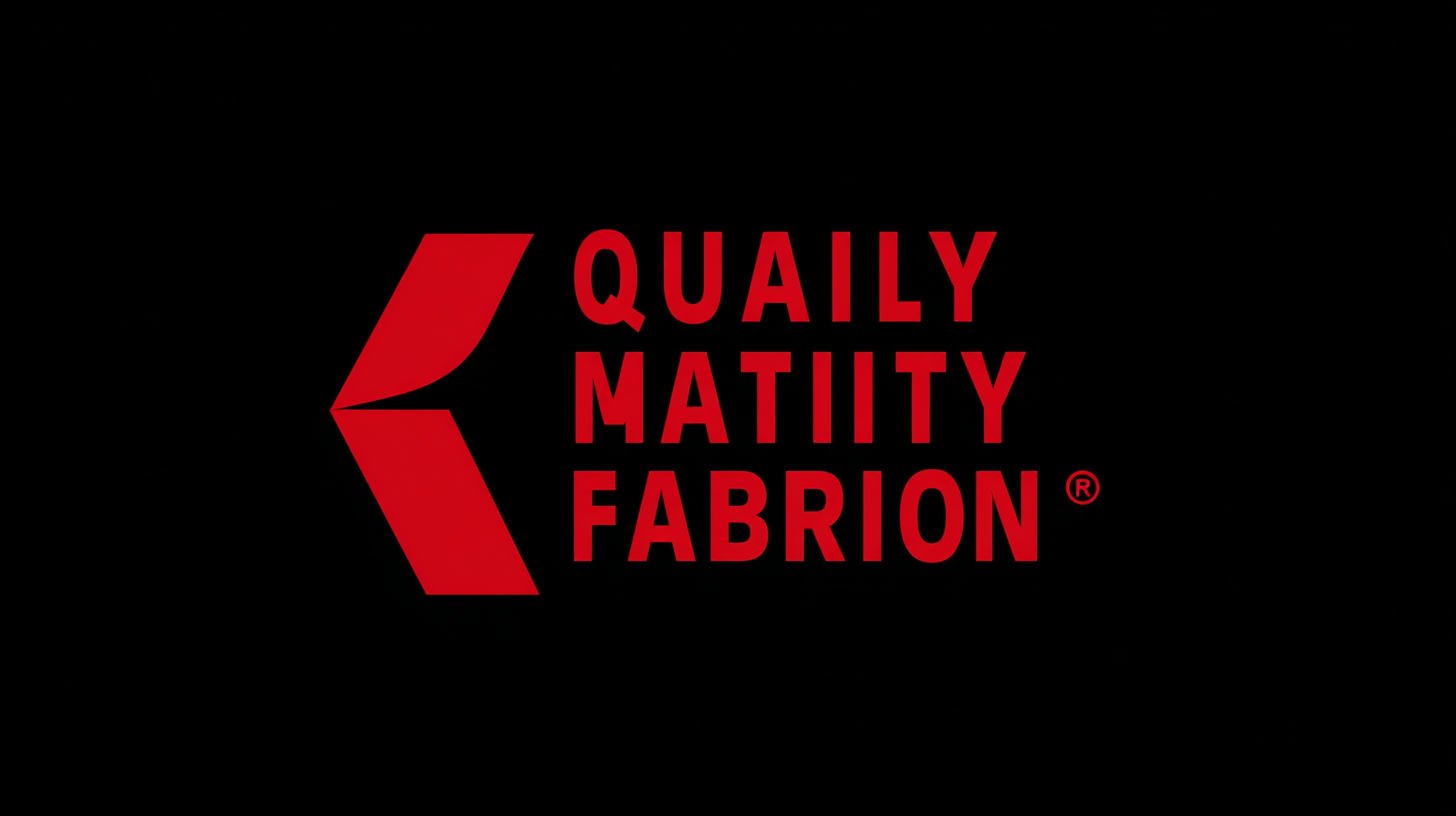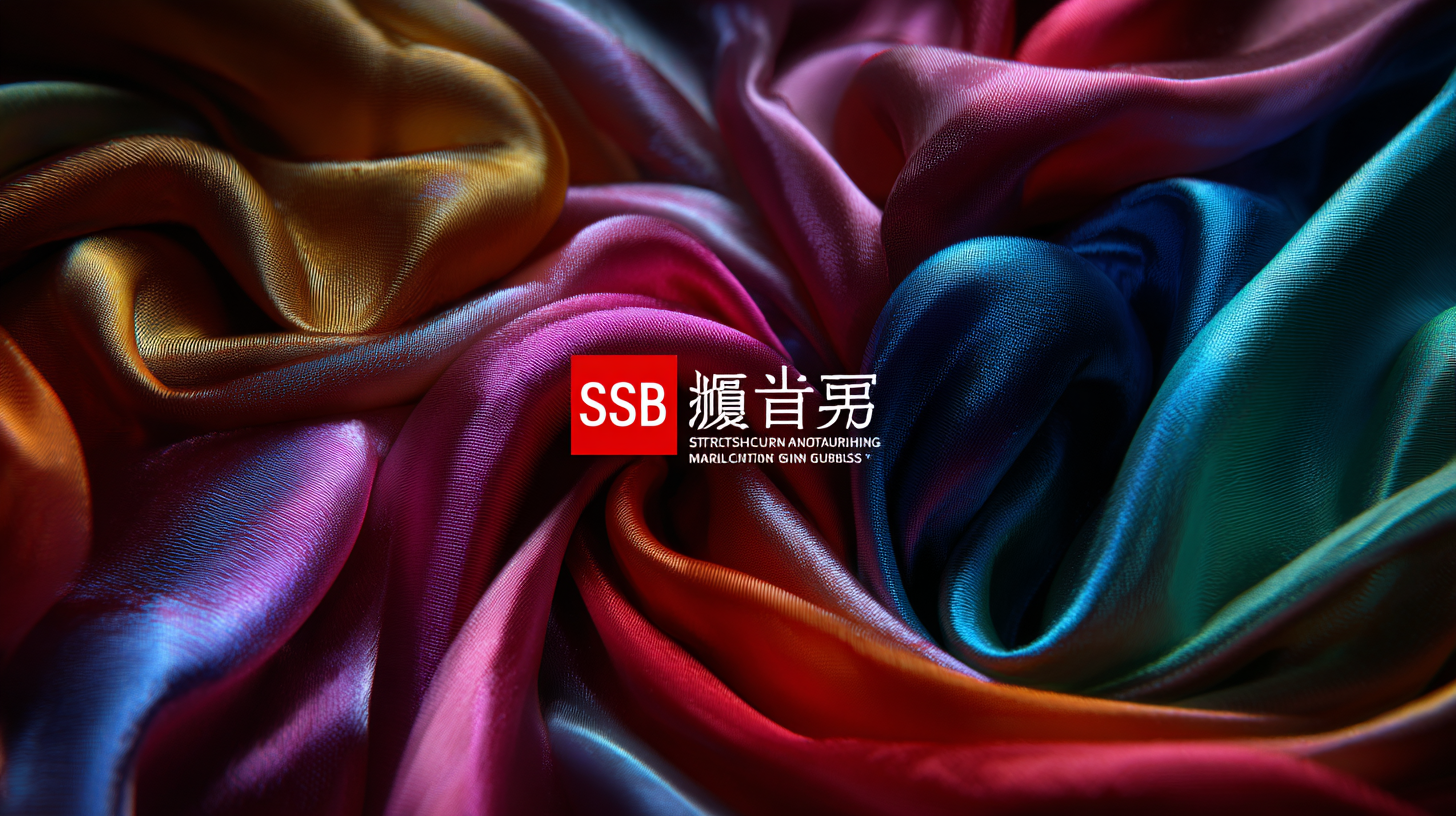In recent years, the manufacturing landscape in China has undergone a remarkable transformation, characterized by a commitment to quality that rivals global leaders. With the stretch fabric market projected to reach USD 82.5 billion by 2025, Chinese factories are increasingly recognized for their ability to produce high-performance textiles that meet the demands of international buyers. According to a report by ResearchAndMarkets, the rising demand for breathable and versatile materials is driving innovation and efficiency in production processes. As a result, world-class Chinese manufacturers are not only enhancing their technological capabilities but also focusing on sustainable practices to create exceptional stretch fabric solutions. This quality revolution positions them as ideal partners for global buyers seeking to leverage superior manufacturing for competitive advantages in their respective markets.

 The quality revolution in Chinese manufacturing, particularly in the stretch fabric sector, is gaining momentum as global buyers increasingly seek superior products. According to a recent report by the China National Textile and Apparel Council, the production of high-quality stretch fabrics has seen a growth rate of 12% annually from 2018 to 2022. This trend highlights a significant shift towards integrating advanced textile technologies and sustainable practices in factories across China.
The quality revolution in Chinese manufacturing, particularly in the stretch fabric sector, is gaining momentum as global buyers increasingly seek superior products. According to a recent report by the China National Textile and Apparel Council, the production of high-quality stretch fabrics has seen a growth rate of 12% annually from 2018 to 2022. This trend highlights a significant shift towards integrating advanced textile technologies and sustainable practices in factories across China.
In response to global demands, manufacturers are now adopting strict quality control measures and innovative production techniques. A survey conducted by the China Textile Industry Association revealed that over 60% of manufacturers are investing in automated machinery and quality assessment tools to enhance product reliability. This commitment to quality not only improves the durability and feel of stretch fabrics but also aligns with international standards, making Chinese products more competitive in the global market. As buyers increasingly prioritize sustainability, the incorporation of eco-friendly materials into stretch fabric production is set to further elevate China’s status in the global textile landscape.
The global market has seen a transformative shift towards high-quality stretch fabrics, with Chinese manufacturing leading the way. The best stretch fabrics are defined by several key characteristics that appeal to buyers around the world. First and foremost, fabric elasticity and recovery are crucial; consumers demand materials that not only stretch but also return to their original shape after wear. This is particularly important in activewear and athleisure markets, where performance and comfort go hand in hand.
Another significant characteristic is breathability. Fabrics that allow for air circulation enhance comfort, especially in warmer conditions or during physical activities. This is achieved through advanced weaving techniques and the use of moisture-wicking properties. Further, colorfastness and durability under frequent washing are essential for ensuring that the fabric maintains its appearance and integrity over time. As global buyers seek premium textile options, the evolution of these quality standards in Chinese manufacturing not only meets consumer needs but also sets a benchmark in the industry.
The global demand for high-quality stretch fabrics has surged, driven by various sectors including functional workwear, swimwear, and electronic textiles. According to a recent report, the functional workwear apparel market is projected to witness substantial growth by 2032, further emphasizing the need for durable and comfortable stretch fabrics that meet professional requirements. The swimwear market is also expected to expand significantly, reflecting a robust inclination towards fabrics that offer elasticity and resilience under diverse conditions.
In parallel, the shrink and stretch sleeve labels market is forecasted to see a notable increase by 2030, indicating a growing trend in customized branding solutions that utilize high-quality stretch materials. With new technologies integrating into textiles, especially in healthcare and fitness solutions, the push for innovative stretch fabrics becomes even more pronounced. Manufacturers are now tasked with producing materials that not only meet aesthetic standards but also enhance functionality.
Tips: When sourcing stretch fabrics, prioritize suppliers who emphasize quality and sustainability. Monitor industry reports to stay updated on emerging trends and technologies that can enhance product offerings. Engaging with trade shows can also provide insights into the latest innovations and market demands.
The adoption of stretch fabrics in various industries has marked a significant shift in manufacturing practices, showcasing the potential for enhancement in both product quality and innovation. One notable case is in the fashion and apparel sector, where brands like Nike and Adidas have successfully integrated high-performance stretch fabrics into their athletic wear lines. These fabrics not only provide superior comfort and flexibility but also improve durability and moisture-wicking properties. By leveraging advanced textiles, these companies have set new standards for performance apparel, catering to the demands of active consumers.
In the automotive industry, stretch fabrics have found their way into interior design, enhancing both aesthetics and functionality. Brands such as Mercedes-Benz have utilized stretchable materials in seat covers, providing a sleek look while ensuring comfort and longevity. This not only elevates the consumer experience but also reduces production waste, aligning with the growing emphasis on sustainability. The versatility of stretch fabrics thus allows manufacturers to broaden their applications, demonstrating the transformative impact of quality materials in modern manufacturing processes.
| Industry | Application | Type of Stretch Fabric | Benefits Achieved | Key Features |
|---|---|---|---|---|
| Apparel | Sportswear | Polyester-Spandex Blend | Enhanced flexibility, moisture-wicking | Breathable, lightweight |
| Home Textiles | Sofa Upholstery | Cotton-Lycra Blend | Improved durability, comfort | Stain-resistant, easy to clean |
| Automotive | Car Seat Covers | Nylon-Spandex Blend | Long-lasting, aesthetic appeal | UV-resistant, fade-proof |
| Medical | Surgical Gowns | Polypropylene-Spandex Blend | Increased mobility, safety | Waterproof, breathable |
| Sports Equipment | Yoga Mats | Natural Rubber Blend | Enhanced grip, cushioning | Eco-friendly, durable |
 The modern era of manufacturing in China is witnessing a robust push towards
sustainability, particularly in the
production of stretch fabrics. As global buyers
become increasingly conscious of their environmental footprint, manufacturers are responding
by adopting eco-friendly practices. This shift not only involves sourcing sustainable raw materials
but also enhancing production processes to reduce waste and energy consumption.
Innovations in recycling and the use of biodegradable components are setting new industry standards,
making Chinese stretch fabrics not only versatile but also more
environmentally responsible.
The modern era of manufacturing in China is witnessing a robust push towards
sustainability, particularly in the
production of stretch fabrics. As global buyers
become increasingly conscious of their environmental footprint, manufacturers are responding
by adopting eco-friendly practices. This shift not only involves sourcing sustainable raw materials
but also enhancing production processes to reduce waste and energy consumption.
Innovations in recycling and the use of biodegradable components are setting new industry standards,
making Chinese stretch fabrics not only versatile but also more
environmentally responsible.
Moreover, the emphasis on sustainability is reshaping consumer preferences, leading to a greater
demand for transparent supply chains and
ethical production. Manufacturers are leveraging advanced technologies, such as digital printing
and automated cutting, to optimize resource use while maintaining high-quality output. As
stakeholders across the globe prioritize sustainability, Chinese manufacturers are positioned
to lead the charge in delivering high-performance stretch fabrics that meet both functional
requirements and ecological standards, thus fostering a future where
quality and sustainability go hand in hand.
